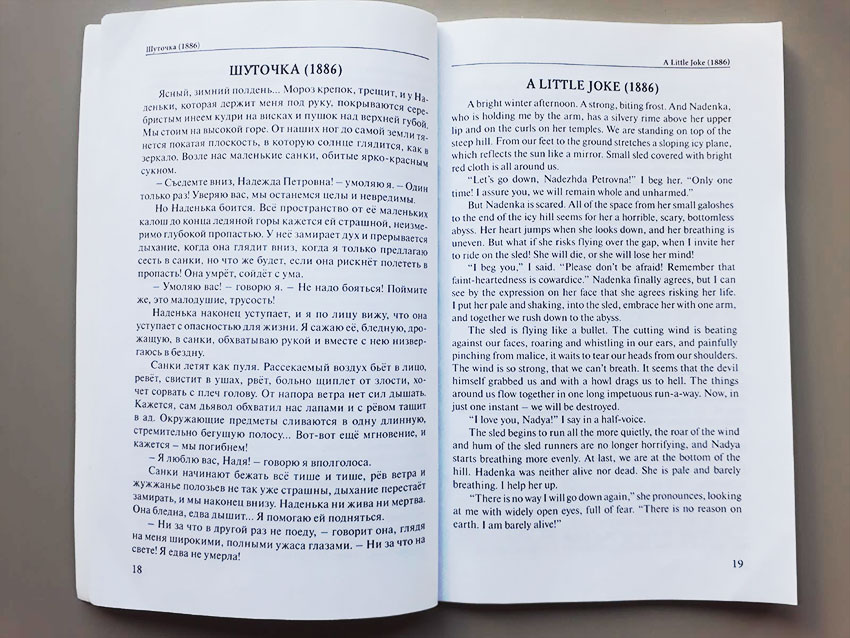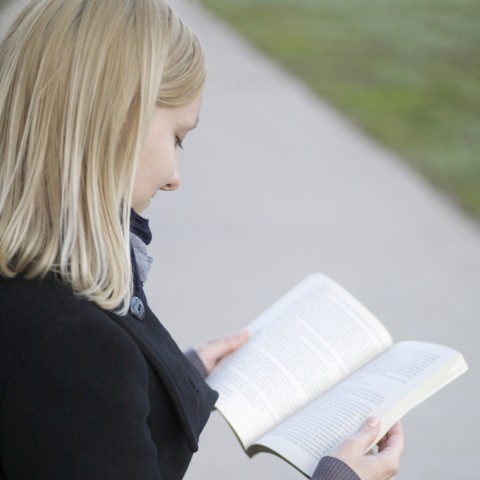March 2019: Hiking Mt. Gongen, Mt. Koubou, and Mt. Azuma in One Day!
Monday, March 25th, 2019
On March 17th, on a beautiful Sunday, Anna, Lya, Meg, and Kyejin went hiking to 3 different mountains, Mt. Gongen (権現山), Mt. Koubou (弘法山), and Mt. Azuma (吾妻山).
Those mountains are located between the Hadano and Tsurumakionsen stations on the Odakyu Odawara line and the stations are easily accessible from Shinjuku station directly without any transferring. It takes about an hour only so it’s a perfect day trip from Tokyo!
Since each mountain is about 250m tall only, it was a relatively easy hike. There are plenty of picnic tables and benches so we could rest enough and play fun card games whenever we arrived at the summit of each mountain. It’s said you can enjoy an amazing view of Mt. Fuji on a clear day but unfortunately it suddenly got cloudy when we were at the observatory. It’s also a popular place, especially during the cherry blossom season.
1. Was this hiking easy or hard? Score from level 1 (easy) to level 5 (hard).

Meg: 2.5 or 3 because of the uphills.
Lya: The hike was 2 hard. The beginning was pretty straining but it got easier after a while ^^
Anna: Mount Koubo was an easy relaxing hike although as usual, it started with stairs but we did our best and got easily to the first stop!
Kyejin: 2. If it was just one mountain, I would give 1 but since we hiked to 3 mountains in one day, I give 2!
2. How was the scenery/sightseeing there? Score from 1 (bad) to 5 (amazing).

Meg: 3 The view was nice and you could see a nice view of the area we were in.
Lya: I would give a 4 to the scenery. It was beautiful and we could see far, but we missed the Sakura blooming. That would have been a 5.

Anna: We had perfect weather for hiking not too hot not too cold so we enjoyed the day a lot. There were nice stops in the way like a sightseeing mini tower, statues of the demons of the woods and lots of Sakura trees that unfortunately hadn’t bloomed when we went. So if you have the chance to get there when they bloom I’m sure the views will be even more rewarding!

Kyejin: 3. Too bad we weren’t able to see Mt. Fuji or cherry blossoms but still there were a small temple, a big bell, an old well, an observatory, interesting trees, pretty flowers, weird bugs(?) and lots of sheep ᏊˊꈊˋᏊ so I enjoyed it a lot! Also, we had to walk along the river from the station to the park for about 15-20 minutes and I liked that too.
3. What was the most memorable moment of this trip?

Meg: Sushi Go haha
Lya: Playing Sushi Go (≧▽≦)
Anna: This time we enjoyed the breaks playing cards and eating!
Kyejin: Of course playing Sushi Go! It’s a “Spanish(?)” card game Anna brought.
4. How was food? What was your favorite?

Meg: Eating fried chicken from the fried chicken shop was awesome! The omiyage shop was really good too with lots of testers.
Lya: If we don’t count dinner, we mostly had snacks, so nuts and cheese FTW. And that chocolate thing that Anna and Ruben brought. (• ε •) If we count dinner, the fried chicken was amazing. And the fried cheese. I like all the foods. ALL OF THEM!
Anna: This mount didn’t have any food stalls so make sure to bring your bento/onigiri when hiking! After that, we also walked around the area and tried karaage from a からげ専門店 it was very good!
Kyejin: We found a karaage shop that won lots of awards from international competitions. We had to wait in a line but it was totally worth! The Nagoya restaurant we went to after hiking was pretty good!
5. Will you recommend this mountain to others? Score from 1 (No) to level 5 (Absolutely).

Meg: 3 I recommend this mountain but maybe less than our previous ones because there wasn’t so much to see or attractions on the actual route of the hike but we did see sheep which was fun!!! There was also a sign for possible monkeys!!

Lya: 4 because it was pretty but there can always be a prettier mountain, somewhere. Also, lack of sakuras. But please go see it fit yourself
Kyejin: 3. Yes, it was easy enough and fun enough at the same time.
6. Any comment?

Meg: The hike was really fun and relatively chill this time compared to previous hikes. We ate lots of snacks, played lots of games, and ate some yummy fried chicken that has apparently won an award. Then, we went to Izakaya for more food. Yay! We love food! Haha. I really enjoyed my time with everyone and it was only one train ride away from Shinjuku. The weather was good too! Thanks, everyone!
Lya: I want to play more Sushi Go. The hike concept should be to play it in more and more extravagant places. I want to win once at least, everyone was so good!! (≧▽≦)
Kyejin: It was super fun! It’s always so pleasant to have a great time with great people! I’m already looking forward to our April hike.

~ Anna, Lya, Meg, Kyejin
P.S. Please join this healthy and fun hiking in April, dear ILL people!














